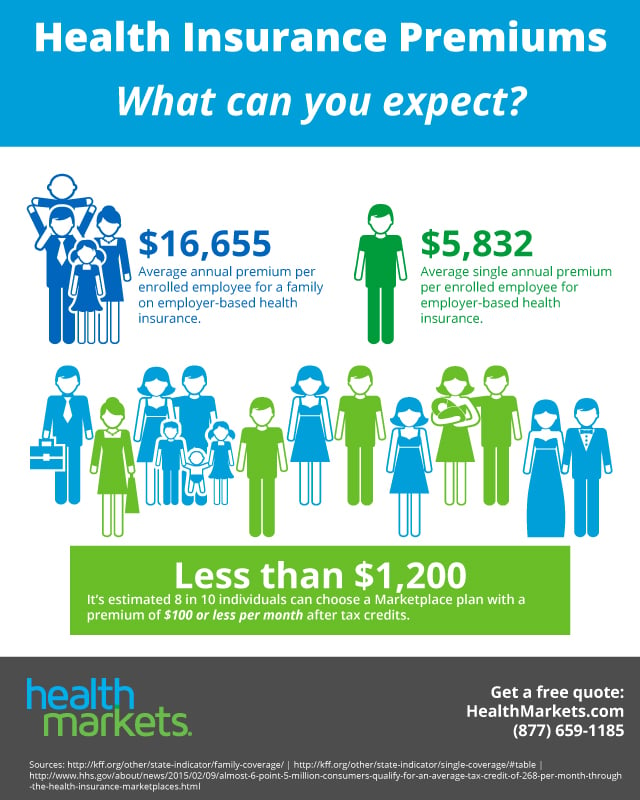Nevertheless, a state ought to ensure it supplies a smooth, structured registration procedure for households. Exceeding the abilities of the FFM in this area is a must-do for any state considering an SBM. Low-income people experience income volatility that can impact their eligibility for health coverage and trigger them to "churn" often between programs. States can utilize the greater versatility and authority how to get rid of timeshare maintenance fees that includes running an SBM to protect locals from coverage spaces and losses. At a minimum, in preparing for an SBM, a state not integrating with Medicaid should deal with the state Medicaid company to establish close coordination between programs.
If a state rather continues to move cases to the Medicaid agency for a determination, it needs to prevent making people provide extra, unnecessary details. For instance it can ensure that electronic files the SBM transfers consist of details such as eligibility aspects that the SBM has actually already validated and confirmation files that candidates have actually submitted. State health programs should ensure that their eligibility guidelines are lined up which different programs' notices are collaborated in the language they utilize and their regulations to candidates, especially for notices informing individuals that they have been rejected or terminated in one program but are most likely eligible for another.
States ought to ensure the SBM call center workers are sufficiently trained in Medicaid and CHIP and should establish "warm hand-offs" so that when callers should be moved to another call center or firm, they are sent out straight to somebody who can help them. In basic, the state needs to offer a system that appears smooth across programs, even if it does not completely incorporate its SBM with Medicaid and CHIP. Although reducing costs is one factor states point out for switching to an SBM, savings are not ensured and, in any case, are not an adequate reason to undertake an SBM transition.
It could likewise constrain the SBM's budget plan in methods that restrict its capability to effectively serve state citizens. Plainly, SBMs forming now can operate at a lower expense than those formed prior to 2014. The new SBMs can rent exchange platforms currently developed by private vendors, which is less expensive than constructing their own technology facilities. These suppliers use core exchange functions (the technology platform plus customer support functions, consisting of the call center) at a lower expense than the quantity of user charges that a state's insurance providers pay to utilize the FFM. States thus see an opportunity to continue collecting the very same quantity of user charges while using some of those earnings for other functions.
As a beginning point, it works to look at what a number of longstanding exchanges, including the FFM, spend per enrollee each year, in addition to what several of the brand-new SBMs prepare to invest. An examination of the spending plan files for several "first-generation" SBMs, in addition to the FFM, reveals that it costs approximately $240 to $360 per market enrollee each year to run these exchanges. (See the Appendix (What is commercial insurance).) While comparing different exchanges' costs on an apples-to-apples basis is difficult due to differences in the policy choices they have made, the populations they serve, and the functions they carry out, this range supplies a beneficial frame for taking a look at the budget plans and policy choices of the 2nd generation of SBMs.
Nevada, which just transitioned to a full state-based marketplace for the 2020 strategy year, expects to spend about $13 million per year (about $172 per exchange enrollee) once it reaches a steady state, compared to about $19 million per year if the state wfg hawaii continued paying user charges to federal government as an SBM on the federal platform. (See textbox, "Nevada's Transition to an SBM.") State authorities in New Jersey, where insurers owed $50 million in user charges to the FFM in 2019, have actually said they can utilize the same total up to serve their homeowners better than the FFM has actually done and plan to shift to an SBM for 2021.
State law needs the overall user charges gathered for the SBM to be kept in a revolving trust that can be utilized just for start-up expenses, exchange operations, outreach, enrollment, and "other methods of supporting the exchange (How does insurance work). How to become an insurance agent." In Pennsylvania, which plans to introduce a complete SBM in 2021, officials have actually said it will cost as little as $30 million a year to operate far less than the $98 million the state's individual-market insurance providers are expected to pay toward the user charge in 2020. Pennsylvania plans to continue gathering the user charge at the very same level however is proposing to use in between $42 million and $66 million in 2021 to establish and fund a reinsurance program that will minimize unsubsidized premium costs starting in 2021.

A Biased View of How Much Does Pet Insurance Cost
It remains to be seen whether the lower spending of the new SBMs will suffice to deliver top quality services to customers or to make meaningful improvements compared to the FFM (How much is pet insurance). Compared to the first-generation SBMs, the brand-new SBMs frequently handle a narrower set of IT modifications and functions, instead concentrating on basic functions akin to what the FFM has accomplished. Nevada's Silver State Exchange is the very first "second-generation" exchange to be up and running as a full SBM, having just completed its first open enrollment period in December 2019. The state's experience up until now demonstrates that this shift is a considerable endeavor and can present unforeseen obstacles.

The SBM met its timeline and spending plan targets, and the call center worked well, answering a large volume of calls prior to and throughout the enrollment duration and attending to 90 percent of issues in one call. Technical concerns emerged with the eligibility and enrollment process however were detected and dealt with quickly, she said. For instance, early on, nearly all consumers were flagged for what is generally an uncommon data-matching issue: when the SBM sent their details electronically to the federal data services center (a mechanism for state and federal companies to exchange info for administering the ACA), the system found they may have other health coverage and asked them to publish files to fix the matter.
Fixing the coding and cleaning up the data solved the issue, and the affected consumers received accurate determinations. Another surprise Korbulic cited was that a significant variety of individuals (about 21,000) were discovered disqualified for weslyan financial Medicaid and moved to the exchange. Some were newly applying to Medicaid during open enrollment; others were previous Medicaid recipients who had been found ineligible through Medicaid's routine redetermination procedure. Nevada decided to reproduce the FFM's process for dealing with individuals who seem Medicaid qualified namely, to transfer their case to the state Medicaid firm to finish the determination. While this lowered the intricacy of the SBM shift, it can be a more fragmented procedure than having eligibility and registration procedures that are incorporated with Medicaid and other health programs so that individuals who apply at the exchange and are Medicaid eligible can be straight registered.